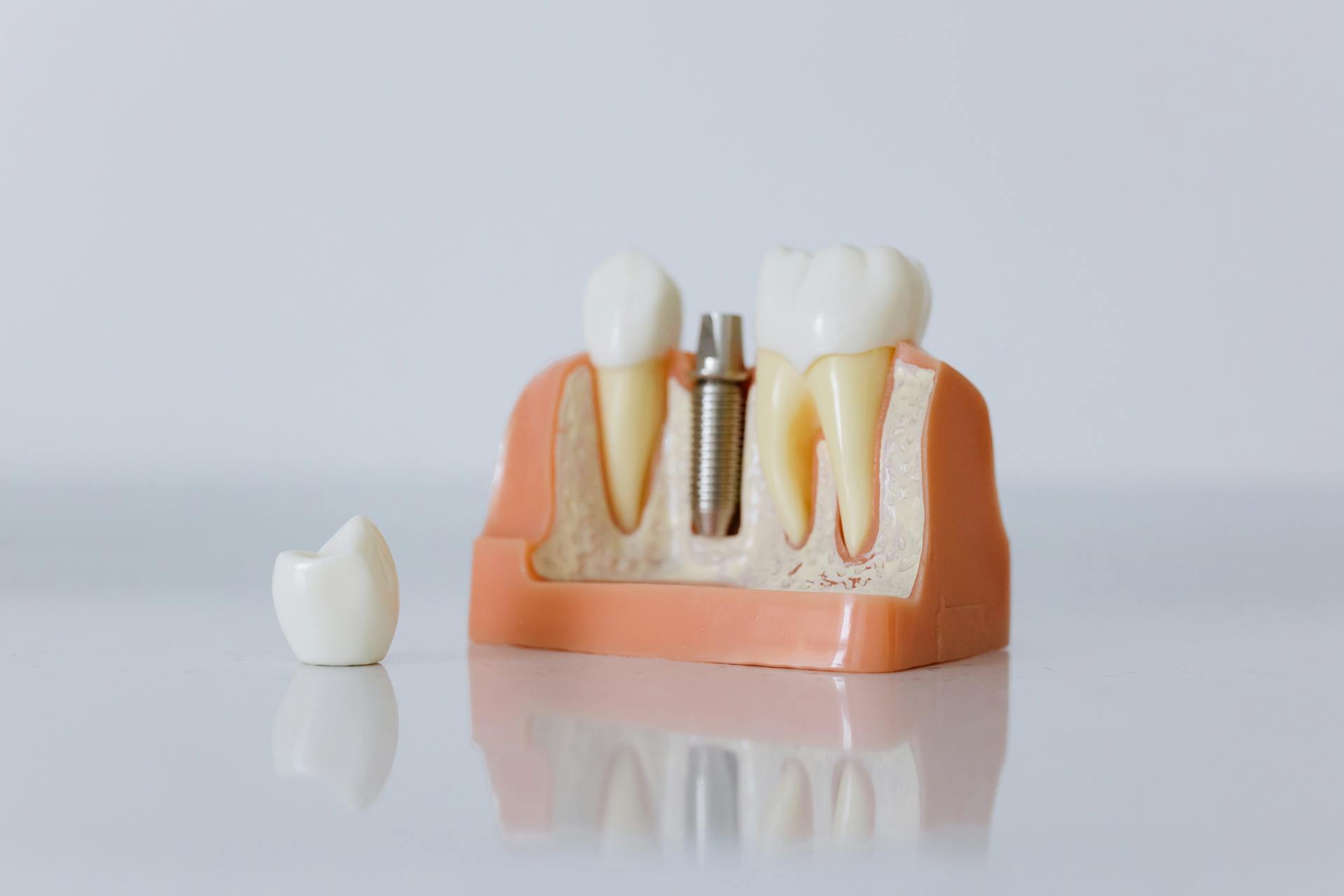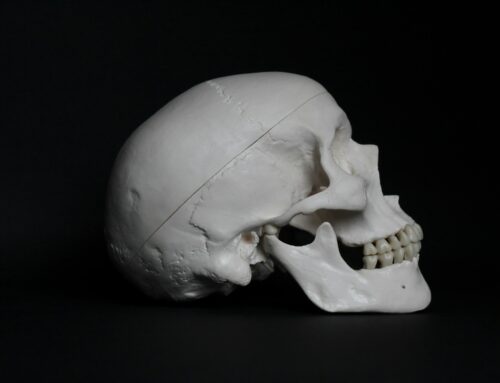Head and Neck Cancer is a debilitating type of cancer that has a high mortality rate. Due to the complexity of radiation therapy – which treats the condition – teeth often need to be removed prior to treatment. While implants can be installed a year after treatment, this leaves patients with poor oral health for an entire year. Now, research has looked at if dental implants can be installed before treatment ensues.

Head and Neck Cancer is a type of cancer that not many people are aware of. However, it is a debilitating condition that is life-threatening.
As part of the treatment process of the condition, teeth often need to be removed. If a person does survive the condition, then getting implants after treatment is an option to restore the normal functioning of the mouth.
However, new research has looked into the possibility of dental implants being placed before treatment for the condition ensues [1]. This is an interesting subject which hasn’t been looked at before.
Its findings are highly relevant for all of those that are diagnosed with head and neck cancer. Moreover, the findings can also guide policy makers in deciding treatment plans.
What is Head and Neck cancer?
The research involved head and neck cancer, which is the sixth-most common type of cancer diagnosed around the world [2]. Head and neck cancer has a mortality rate of 50% – underlining the danger involved with the condition [3]. The exposed and vulnerable nature of the location makes head and neck cancer difficult to survive.
In Norway – which is where the research was conducted – head and neck cancer accounts for under 3% of all types of cancer. Moreover, the mortality rate is 30% – significantly lower than the worldwide rate [3].
The research was conducted by Lisa Printzell from the University of Oslo’s Faculty of Dentistry [1]. Printzell is a specialist in oral prosthetics.
Removal of teeth
In terms of treatment, Radiation Therapy is used, which is where radiation is used to kill cancer cells. However, there are some oral health ramifications of this.
Before radiation therapy can take place, it is common for some teeth to be removed [1]. This is done to prevent infections developing. This often causes shock for head and neck cancer patients, who are already coming to terms with their cancer diagnosis.
For the teeth that are remaining, the damage from radiation therapy results in difficulties in chewing, swallowing, and speaking [1]. Therefore, oral health problems are significant.
Worse yet, radiation therapy results in thin and fragile oral mucosa. Consequently, this makes it difficult to use ordinary dental prostheses on the toothless jaws [1].
Dental implants
Many patients choose to have dental implants placed after surgery to help them with oral problems. However, in order to mitigate the risk of infection, patients are generally told to wait at least a year following the completion of radiation therapy before getting implants [1].
Dental implants are titanium screws that are surgically inserted and integrated into the jawbone of a patient [1]. Implants can help to improve the look of a mouth, and restore chewing capabilities. Additionally, they are able to support dental prostheses more.
However, whilst this sounds positive, radiation therapy has an impact on tissue, which impacts its ability to heal. Therefore, it can be challenging to get implants to integrate into the jawbone properly [1].
Research shows that dental implants placed in irradiated jawbones (jawbones exposed to radiation) have a much poorer survival rate than implants placed in non-irradiated jawbones [1].
But for those who have survived treatment, waiting an entire year without many teeth results in a significant decrease in quality of life [1].
Could implants be placed pre-treatment?
One alternative could be to install the implants before radiation therapy begins [1]. This would negate the need to have an entire year without fully functioning teeth.
However, Printzell has said that the potential success of this approach isn’t known [1]. This is due to a series of concerns from professionals.
One such concern is something called the “backscatter effect,” which would take place when radiation hits the dental implants. Printzell says that when radiation is directed at the cancerous cells, not all the radiation will be able to penetrate the metal implants [1].
Therefore, radiation therapy would not be able to target precise areas successfully. Moreover, the radiation would reflect to the surrounding tissues [1]. This would mean that healthy cells on the surface of implants would be damaged.
Printzell says that “there is a concern that this will negatively affect the ongoing healing of the implant, and thereby also the survival of the implant” [3]. However, the extent of this damage isn’t known.
Printzell’s experiment
Printzell, with the help of colleagues, assessed the impact of backscatter radiation from titanium on two key cell types for healing from dental implants. These cell types are human mesenchymal stem cells and osteoblasts [1].
These cells were placed on two different titanium surfaces and a plastic surface. The titanium surface represented the dental implant, with the plastic surface representing a jawbone without any implants [1].
Radiation therapy was then simulated. Differing doses of radiation was applied to the surfaces [1]. Again, this simulated how cancer treatment takes place, as this involves different doses of radiation being applied, depending on the stage of treatment [1].
The team found that in higher doses of radiation, there was a 40% increase in backscatter radiation on the cells closest to the titanium surface – suggesting cells would be damaged at high doses [1].
However, they found that there was minimal impact on the cells when the radiation was delivered at a low dose. Similarly, there was little impact on the plastic surface [1].
Therefore, the results suggest that low doses of radiation do not cause greater cell damage on implants compared to a jawbone without implants. This is promising, and suggests implants could be added prior to radiation therapy – in low doses.
Summary
These are interesting findings. Going a year without normal oral function is very challenging to live with. Therefore, the possibility of this changing in the future is very exciting.
Printzell has pointed out that more research is needed into the topic before any conclusions can be drawn [1]. However, she does say that “we can conclude that our findings are important for the question of whether backscatter radiation from titanium implants should be a reason to avoid the so-called primary installation of implants in patients who are to undergo radiation therapy” [4].
Based on the findings, we can assume that as long as low doses are used, backscatter radiation should not be a reason to avoid the installation of implants for head and neck cancer patients.
Ultimately, being able to improve the quality of life for head and neck cancer patients would be very helpful. While further research into the topic is needed, this is a positive step.
Thinking points…
[1] This article discusses dental implants. While the focus here was on head and neck cancer patients, implants can be a great option for anyone that wishes to have a replacement tooth. They are easy to fit, act naturally, and can boost your self-esteem. Here at Taradale Dental, we offer free implant consultations, and will be happy to discuss your situation with you. We would love to speak to you soon, find out more about us at our website – https://taradaledental.ca/!
[2] Often, dental implants are used to replace teeth that have had to be extracted due to extensive tooth decay. A way of avoiding this is to attend check-ups regularly. At a check-up, a dentist can take a look at your teeth, and let you know if there are any problems. It is important to attend check-ups, as any problems can be acted upon. We recommend that you book an appointment now!
What we offer at Taradale Dental
Taradale Dental is a dental clinic based in Calgary, Alberta, Canada. At our Calgary dental clinic, we provide a range of services for our patients.
We advise our patients to attend our Calgary dental clinic at least twice per year for a regular dental check-up. At these check-ups, we provide a comprehensive review of a patient’s oral health. If any problems are detected, we have many treatments available. For example, these include cavity fillings and root canals. To strengthen your oral health, we recommend brushing your teeth at least twice a day and flossing regularly.
Here at Taradale Dental, we also have some cosmetic treatments available! These include dental implants, teeth whitening and Invisalign™! Our patients find that these treatments have a positive impact on their appearance, confidence and self-esteem.
Moreover, the fees of our treatments at our Calgary dental clinic Taradale Dental are set in line with the Alberta Dental Fee Guide. This ensures transparent and fair pricing, with no hidden costs.
We hope to see you soon at our Taradale Dental clinic in Calgary! You can find out more about us by visiting our website https://taradaledental.ca/!
References
[1] Printzell, L. (2024). The impact of radiation backscatter on cells involved in the osseointegration of titanium dental implants. Available: https://www.duo.uio.no/bitstream/handle/10852/102364/PhD-Printzell-DUO.pdf?sequence=3&isAllowed=y. Last accessed: 8th June 2024.
[2] Guo, K., Xiao, W., Chen, X., Zhao, Z., Lin, Y., & Chen, G. (2021). Epidemiological Trends of Head and Neck Cancer: A Population-Based Study. Biomed Research International. 2021. DOI: https://doi.org/10.1155/2021/1738932.
[3] University of Oslo. (2024). Can the placement of dental implants in head and neck cancer patients be done before radiation therapy?. Available: https://medicalxpress.com/news/2024-05-placement-dental-implants-neck-cancer.html. Last accessed: 8th June 2024.


